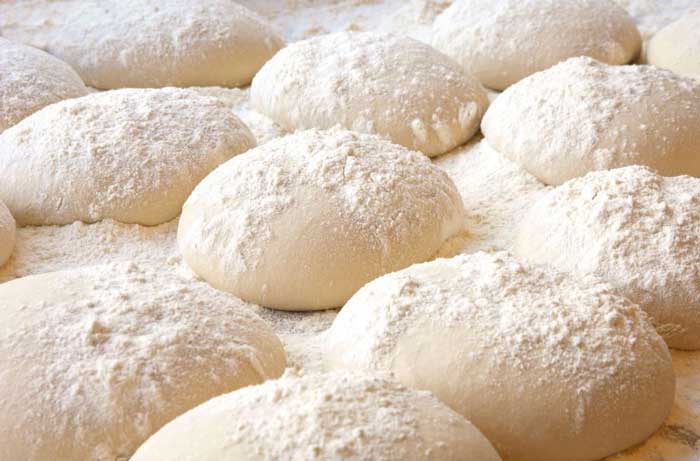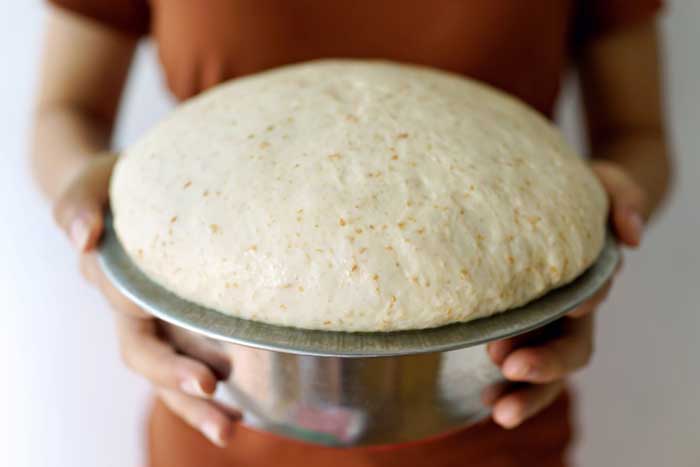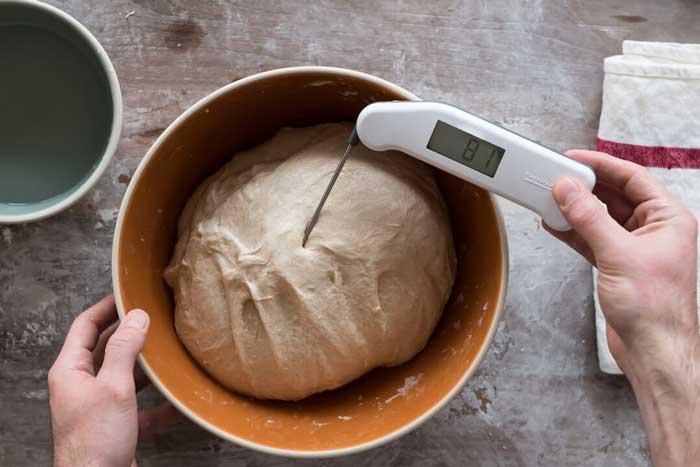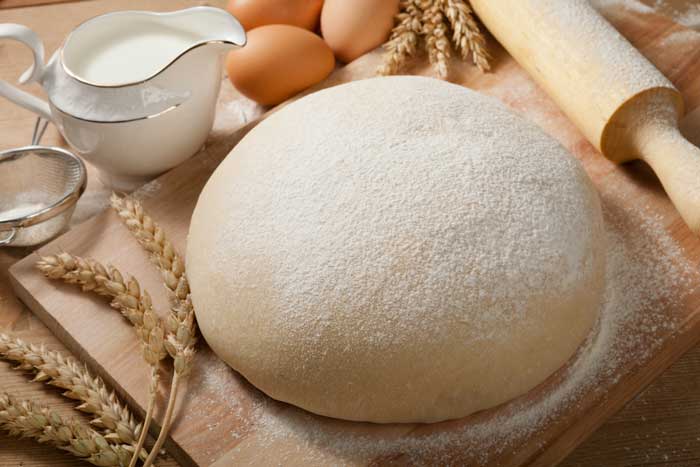Bread making creates comfort for people in times of crisis. People, covet creating comforts for themselves, a few things are simple, yet satisfying.
According to Joel Harrower, a musician and home chef, bread making is a therapy. It gives him control over his schedules to relax.
The process engages all five senses. Creating dough is rhythmic and repetitive, a relieving activity that makes people feel purposeful and productive.
Everything starts with the creation of dough, following the procedure yields desirable results.
This recipe has several requirements that it needs to meet to produce the desired bread you want. You will need sufficient heat to do it.
But the question is, how can one make the dough rise in a cold house?
Before you can start to learn how to do that, it will be very important for you to know what happens to bread when it rises in a cold environment.
Once you have learned these aspects, you will be more prepared to find ways to help your dough rise when it’s cold inside your home.
Will Dough Rise in Cold?
Yes, it will, but the rising of dough is slow, and it will create a slightly different texture in the bread. This type of bread is known as cold rise bread.
Letting your dough rise in the cold will slow down the overall baking procedure.
The main component in making the bread rise is yeast. It becomes active in warm environments, where the rising process is quicker.

A cold environment does not kill the effect of yeast, but it will slow down the rising activity.
It will take approximately one day to double the starting size of the dough in a cold area.
Within the next three days, you will have a loaf of dough that is ready to be shaped and prepared.
The quality of the bread will be affected if not used after the said three-day mark.
Can We Consider Cold Rise Dough?
If you are looking forward to making dough in a cold environment, you should be aware of the results. It is your choice to follow.
Cold rise bread is famous for having a strong flavor. You can get more satisfaction from it when the rising takes longer.
The yeast and everything inside the bread will help the flour produce a better flavor.

It is one of the easiest ways to bring the best out of the flour.
If you have already cooked dough that didn’t rise enough, there isn’t anything you can do to revert it to its original state.
Many will turn this type of dough into crackers by rolling it thinly and sprinkling herbs and salt. You can also consider stretching out the dough and turn it into flatbread.
Importance of Temperature
The optimal temperature for rising dough is between 75-78 degrees Fahrenheit, or 23.8 and 25.6 degrees Celsius.
In a cold house, reaching these temperatures is difficult. But there are ways to deal with the issue.
One way to do it is to put your dough in a bread cabinet. These cabinets let the dough rise precisely to the level you want.

These accessories are temperature controlled, but this may not be accessible to everyone.
Another option is to consider pre-heating your oven. Not to the maximum temperature but enough to reach the optimal rising level of dough.
You might need to use a thermometer in place to monitor the temperature in case you have accidentally overcooked your dough by mistake.
Monitoring dough temperature is a simple affair, stick your thermometer into the center of the dough mass and record it.
Always keep the dough covered at all times to help it retain its core temperature.
Consider the Weather
The weather can be another factor. It affects your ways on how to make the dough rise in a cold house.
Low air pressure can affect rising time. Give your dough extra time or use one of the oven tricks mentioned earlier.
Flour and yeast, the heart and soul of bread baking, are both affected by the climate of the kitchen.
Hot weather increases heat and humidity. The hotter it is, the more quickly yeast grows.
Flour is wetter in the summer and drier in the winter.
When the kitchen is hot, the liquid in your recipe should be cooler and vice versa.
Proofing
Proofing is the final rise of the dough that happens after shaping and just before baking.
There are proofing methods to help you make the dough rise in a cold house.

Proof Bread in the Oven
A method in proofing bread when its cold inside is to place the dough in the oven, but not turning it on.
You need to place a glass baking dish on the bottom rack of the oven and fill it with boiling water. Stash your dough on the middle or top shelf and shut the door.
The steam and heat from the boiling water will create a warm and steamy environment for the dough.
If the bread requires a longer proof, refresh the hot water every 30-45 minutes to keep things working.
Proof Bread with a Slow Cooker
Do you think a slow cooker is only for cooking? Well, it turns out that you can use this appliance to proof bread dough.
Fill your slow cooker half with water and set it to a low setting. Place the lid upside down, lay a dishtowel on top, then put your bowl of dough on top.
The heat from the hot water will help the bread to rise.
Non-Traditional Proofing Methods
You can still try a few other ways to proof bread when it is too cold inside.
Use a heating pad on low, make a layer with a dishtowel on top, and then set down your bowl or pan of dough. It will give your bread some extra warmth.
Cover your dough with a tea towel or reusable wrap to keep the outside from drying out.
If you’re a gardener, you can pull out a seed germination mat and use that as well. Set the temperature to around 80°F for a good rise.
You can also take a reading of your oven’s internal temperature with the oven lights on. Some oven lights can radiate enough heat to turnthe appliance into a proofing box.
Invest in a Proofing Box
If you want to be a serious baker, you might want to skip the homemade methods and invest in a gadget to help you in proofing.
A proofing box will maintain a consistent temperature and humidity inside. It allows you to get a perfect rise every single time.
With a perfect environment, this proofing box can help you proof bread a bit faster than room temperature.
It is a big win for serious bakers. This accessory will contribute to efficient methods of baking.
Final Thoughts
With these tips in mind, cold weather can’t stop you from baking a good loaf of bread.
You now have the idea about how to make the dough rise in a cold house.
Baking should always be incorporated with training and experience. The output will depend on the quality of your input.
Even if undesirable results come out, you can always improvise to make use of the resources you have invested.

